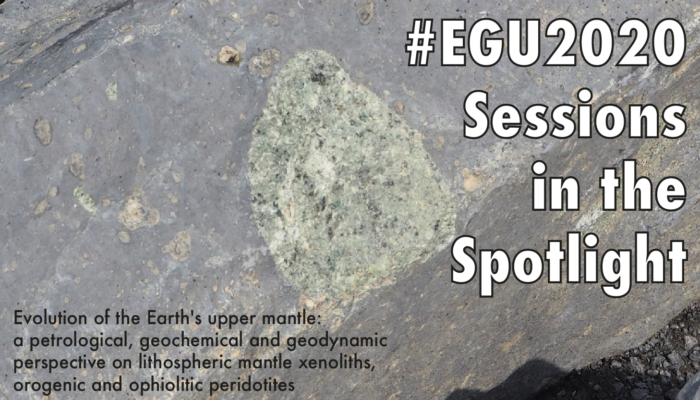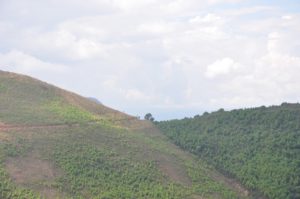
The EGU 2020 abstract submissions are now open for the next two months! Every few days, we will highlight a geochemistry, mineralogy, petrology and/or volcanology session right here – great news if like me, you find choosing which session to submit to more difficult than choosing a decent movie on Netflix…
Today it’s the turn of GMPV 4.4. Evolution of the Earth’s upper mantle: a petrological, geochemical and geodynamic perspective on lithospheric mantle xenoliths, orogenic and ophiolitic peridotites. This session is convened by Jacek Puziewicz, Costanza Bonadiman, Michel Grégoire and Károly Hidas. The convenors say:
Earth’s upper mantle consists of lithospheric mantle, which makes lower parts of tectonic plates, and asthenosphere, in which the plates are based. The nature of Earth’s lithospheric mantle is largely constrained from the petrological and geochemical studies of xenoliths. They are complemented by studies of orogenic peridotites and ophiolites, which show the space relationships among various mantle rock kinds, missing in xenoliths. Basalts and other mantle-derived magmas provide us another opportunity to study the chemical and physical properties the mantle. These various kinds of information, when assembled together and coupled with experiments and geophysical data, enable the understanding of upper mantle dynamics.
Ronda. Contact between mantle peridotites of the Ronda Massif in Spain and their gneissic surrounding. Difference between tree abundance shows that mantle rocks are poor in fertile components compared to the crust, demonstrating how important was formation of the crust for life in our planet.
This session’s research focus lies on mineralogical, petrological and geochemical studies of mantle xenoliths, orogenic and ophiolitic peridotites and other mantle derived rocks. We strongly encourage the contributions on petrology and geochemistry of mantle xenoliths and other mantle rocks, experimental studies, the examples and models of mantle processes and its evolution in space and time.
So are you TANTALised by the MANTLE (that one almost rhymed…)? Are you looking for some deep thinking and discussions (because the mantle is sort of deep…)? The submit here!

